Choosing the right plants for full sun can make a dramatic difference in the appearance and success of your garden. The 10 Best Plants for Full Sun thrive in direct sunlight, boasting vigorous growth and vibrant blooms. Whether you’re looking to beautify your outdoor garden or simply add some low-maintenance greenery to sunlit spaces, this list of the 10 Best Plants for Full Sun will help you create a thriving, phototropic paradise.
From drought-tolerant perennials to stunning flowering plants, the 10 Best Plants for Full Sun not only withstand intense heat but also add texture, color, and life to your landscape. With the right selection, you can enjoy a flourishing garden that thrives even in the hottest summer days. So, if you’re ready to make the most of your sun-drenched outdoor space, let’s explore the 10 Best Plants for Full Sun that love basking in the sunlight!
1. Lavender (Lavandula)
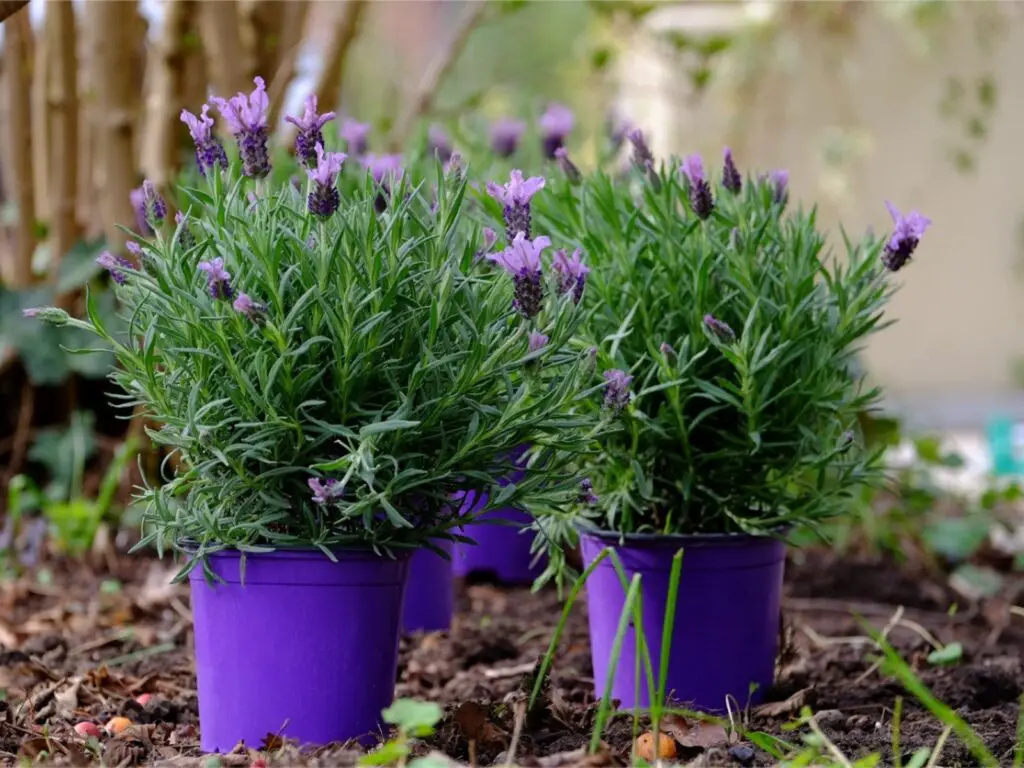
Few plants rival the charm and resilience of lavender. Known for its striking purple blooms and aromatic fragrance, lavender is perfect for sunny spots. It thrives in well-drained soil, requires minimal maintenance, and attracts pollinators like bees and butterflies to your garden. Plus, its drought tolerance makes it an excellent choice for warm climates and xeriscaping.
Lavender is also highly versatile—it can be grown in garden beds, borders, or containers, making it a favorite for both beginner and experienced gardeners. Beyond its beauty, lavender has natural pest-repelling properties and is often used for its calming essential oils.
Pro Tips for Growing Lavender:
- Choose the right soil: Lavender thrives in sandy or rocky, well-drained soil with a slightly alkaline pH. Avoid heavy clay soil, which retains too much moisture.
- Provide ample sunlight: Lavender requires at least 6–8 hours of full sun daily to grow and bloom at its best.
- Space plants properly: Ensure good air circulation by spacing plants 12–18 inches apart to prevent mold and mildew.
- Prune regularly: Trim your lavender in early spring and after flowering to encourage bushy growth and prevent it from becoming woody.
- Avoid excessive watering: Water sparingly, especially once established, as overwatering can cause root rot. A deep soak once every couple of weeks is usually sufficient.
- Mulch wisely: Use light-colored gravel or sand around the base of the plant to reflect heat and prevent excess moisture buildup.
With its stunning appearance, low-maintenance needs, and delightful fragrance, lavender easily earns its place among the 10 Best Plants for Full Sun!
2. Sunflowers (Helianthus)
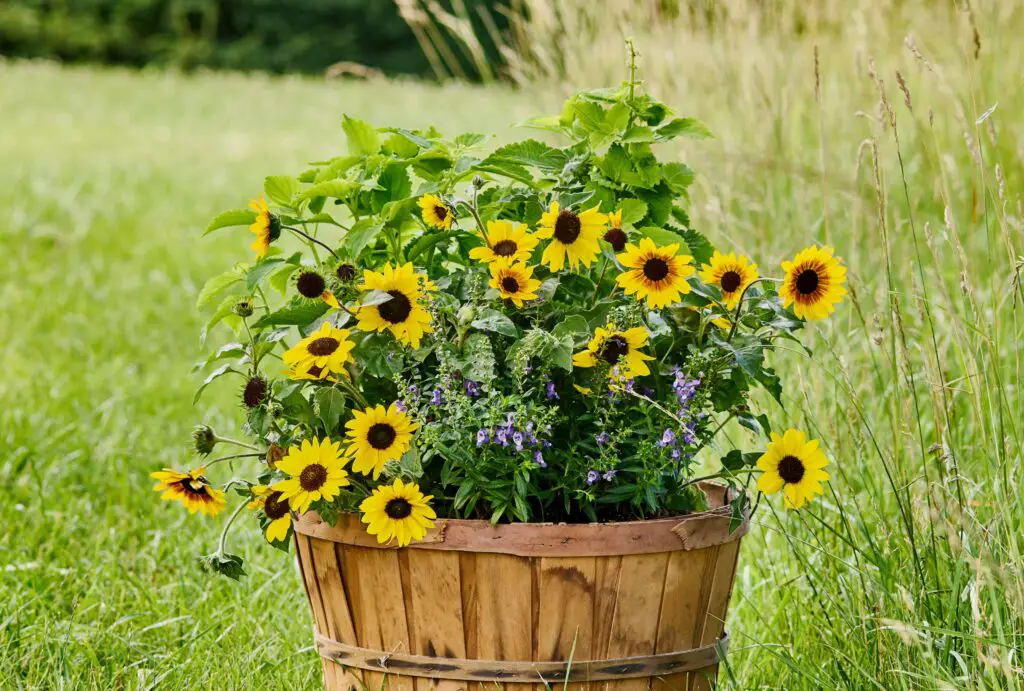
True to their name, sunflowers adore direct sunlight. These tall, cheerful flowers are easy to grow, making them an excellent choice for both beginners and seasoned gardeners. With their bright yellow petals and towering stems, sunflowers add a bold, dramatic touch to any garden. They also serve as a natural magnet for pollinators like bees and butterflies while providing food for birds with their nutrient-rich seeds.
Sunflowers come in various sizes, from dwarf varieties suitable for containers to giant types that can reach up to 12 feet tall. They’re also drought-tolerant once established, making them a resilient option for full-sun gardens.
Pro Tips for Growing Sunflowers:
- Choose the right spot: Sunflowers need at least 6–8 hours of direct sunlight daily to grow strong and healthy.
- Plant in nutrient-rich soil: Use well-draining soil enriched with compost or organic matter to promote vigorous growth.
- Water deeply but infrequently: Sunflowers develop deep root systems, so a thorough soak once or twice a week is better than frequent light watering.
- Support tall varieties: If growing giant sunflowers, stake them or plant them near a fence to prevent them from toppling over in strong winds.
- Harvest seeds: Once the flower heads start to dry and droop, you can collect the seeds for roasting or replanting next season.
With their vibrant blooms, easy maintenance, and ability to brighten up any space, sunflowers are a standout choice among the 10 Best Plants for Full Sun!
3. Marigolds (Tagetes)
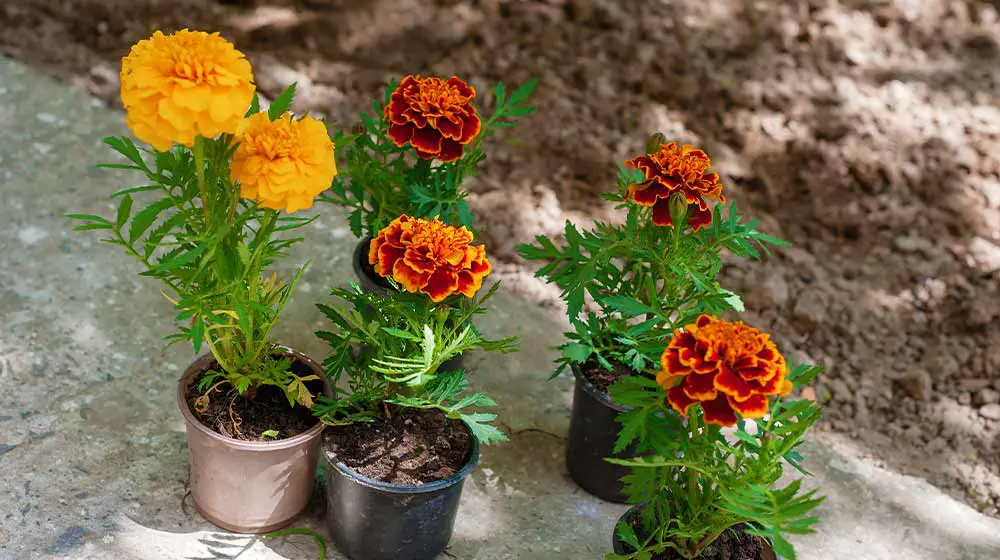
Marigolds are a versatile option for any sun-drenched garden. With their vibrant orange, yellow, and red hues, marigolds bring a pop of color while naturally repelling pests like aphids and nematodes. Their strong scent makes them an excellent companion plant for vegetables, protecting crops such as tomatoes and peppers from unwanted insects.
These hardy flowers thrive in even the harshest sunny conditions, making them ideal for beginner gardeners. They bloom continuously from spring to fall with minimal care, adding warmth and cheer to flower beds, borders, and containers.
Pro Tips for Growing Marigolds:
- Plant in full sun: Marigolds need at least 6–8 hours of sunlight daily for the best blooms.
- Use well-drained soil: They prefer light, well-draining soil but can adapt to various conditions. Avoid overly rich soil, which can cause excessive foliage at the expense of flowers.
- Water moderately: While drought-tolerant, marigolds grow best with regular watering. Let the soil dry out slightly between waterings to prevent root rot.
- Deadhead regularly: Removing spent blooms encourages continuous flowering throughout the season.
- Companion planting: Grow marigolds near vegetables or roses to naturally deter pests and improve garden health.
With their bright colors, pest-repelling benefits, and resilience, marigolds are a must-have among the 10 Best Plants for Full Sun!
4. Coneflowers (Echinacea)
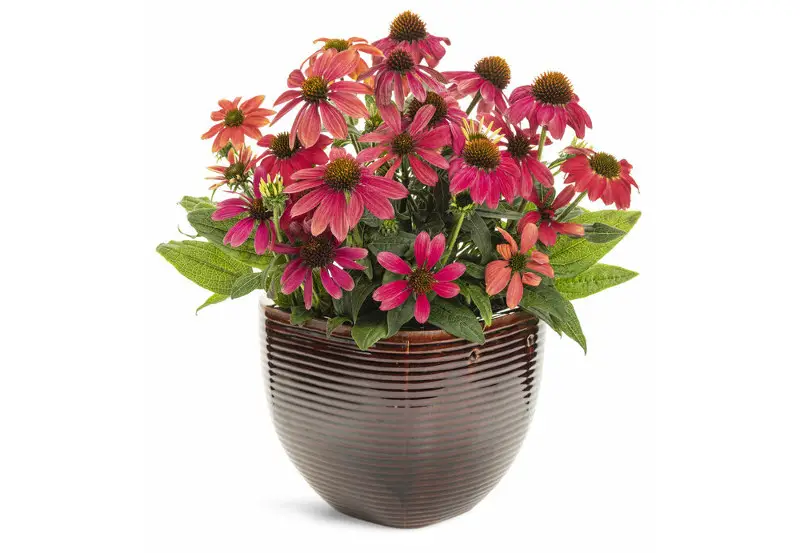
Coneflowers are the epitome of low-maintenance plants for full sun. These drought-tolerant perennials produce stunning, daisy-like blooms in shades of pink, purple, white, and even orange. Their vibrant petals and distinctive cone-shaped centers make them a standout in any sunny garden. Plus, they’re a magnet for pollinators, attracting bees, butterflies, and even hummingbirds.
Aside from their beauty, coneflowers are highly resilient. They can tolerate poor soil, heat, and dry conditions, making them ideal for low-water gardens. Additionally, their medicinal properties have been valued for centuries, with Echinacea extracts commonly used to boost the immune system.
Pro Tips for Growing Coneflowers:
- Give them full sun: Coneflowers need at least 6–8 hours of direct sunlight daily for optimal blooming.
- Use well-draining soil: Although they adapt to various soil types, they thrive best in moderately fertile, well-draining soil.
- Water sparingly: Once established, coneflowers require little water and are highly drought-resistant.
- Encourage more blooms: Deadhead spent flowers regularly to promote continuous flowering throughout the season.
- Leave seed heads in fall: Allowing seed heads to remain on the plant provides food for birds, especially finches, during winter.
With their vibrant colors, easy care, and wildlife-friendly nature, coneflowers earn a well-deserved spot among the 10 Best Plants for Full Sun!
5. Succulents
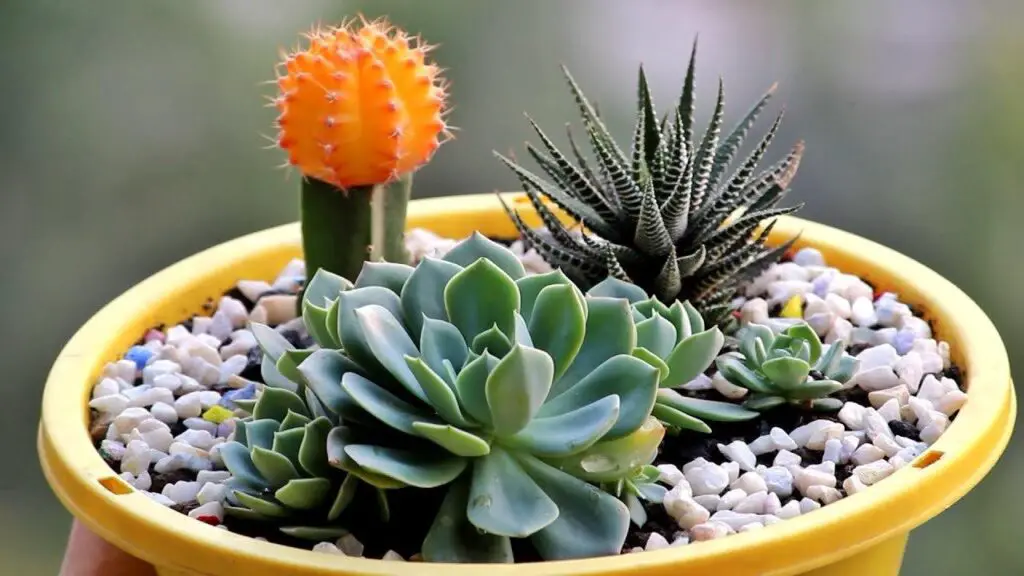
Succulents, like cacti, aloe vera, echeveria, and sedum, are built to thrive in sunny, dry conditions. Their thick, water-storing leaves help them withstand intense heat, making them a perfect choice for full-sun gardens, rock gardens, and drought-prone areas. Whether planted in the ground, containers, or decorative arrangements, succulents add a modern, sculptural touch to any outdoor or indoor space.
One of the best things about succulents is their low-maintenance nature—they require minimal watering and can go weeks without attention. Many varieties also produce beautiful blooms, attracting pollinators like bees and butterflies.
Pro Tips for Growing Succulents:
- Provide full sun: Most succulents thrive with at least 6 hours of direct sunlight daily. Some may need partial shade in extremely hot climates.
- Use the right soil: Always plant in sandy, well-draining soil or a cactus mix to prevent root rot.
- Water sparingly: Only water when the soil is completely dry—typically once every 1–2 weeks during warm months and even less in winter.
- Choose the right container: If growing in pots, use containers with drainage holes to avoid excess moisture buildup.
- Protect from frost: Some succulents are sensitive to cold temperatures. If you live in a cooler climate, bring potted succulents indoors during winter.
With their drought tolerance, unique aesthetics, and easy care, succulents are a fantastic addition to the 10 Best Plants for Full Sun!
Related Topics:
6. Zinnias
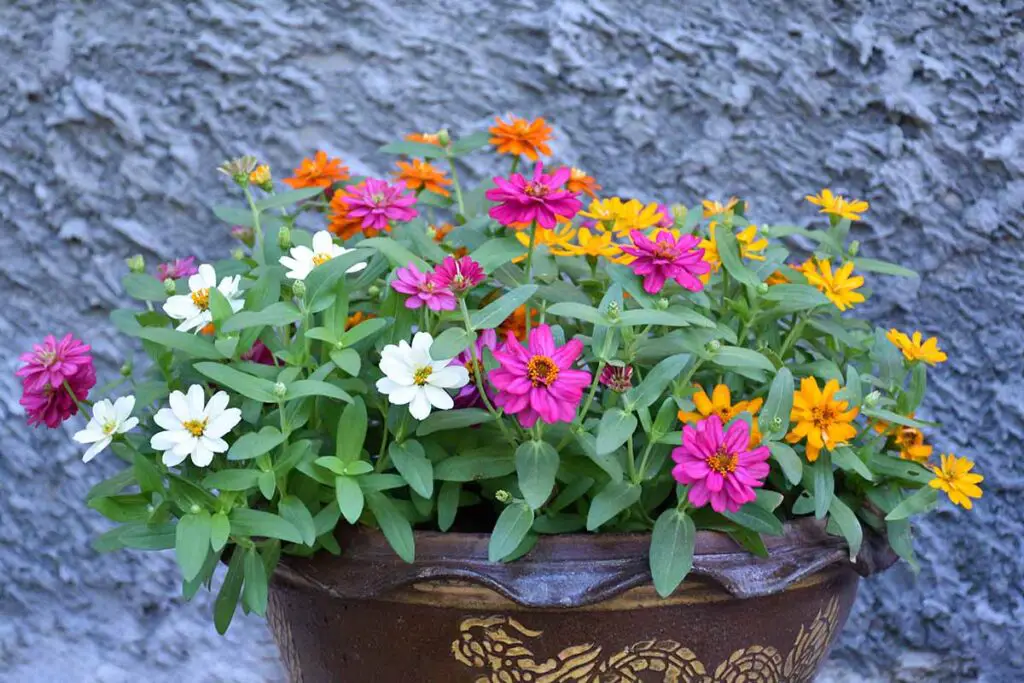
Zinnias are among the best plants for full sun thanks to their vibrant colors, rapid growth, and long-lasting blooms. These hardy annuals come in a stunning spectrum of hues, ranging from soft pastels to bold neons, making them a perfect choice for creating lively flower beds, borders, and pollinator gardens. Their daisy-like flowers attract butterflies, bees, and hummingbirds, bringing even more life to your outdoor space.
One of the biggest advantages of zinnias is their continuous blooming—they flower from late spring until the first frost with minimal care. Plus, they make excellent cut flowers, brightening up indoor arrangements with their cheerful, long-lasting petals.
Pro Tips for Growing Zinnias:
- Plant in full sun: Zinnias need at least 6–8 hours of direct sunlight daily to produce the most flowers.
- Use well-draining soil: They prefer loamy, nutrient-rich soil that drains well to prevent root rot.
- Water at the base: Avoid wetting the leaves when watering to prevent powdery mildew and fungal issues.
- Space them apart: Ensure proper air circulation by spacing plants 6–12 inches apart, depending on the variety.
- Deadhead for more blooms: Regularly removing spent flowers encourages zinnias to keep blooming all season long.
With their dazzling colors, easy maintenance, and pollinator-friendly nature, zinnias are a must-have among the 10 Best Plants for Full Sun!
7. Lantana
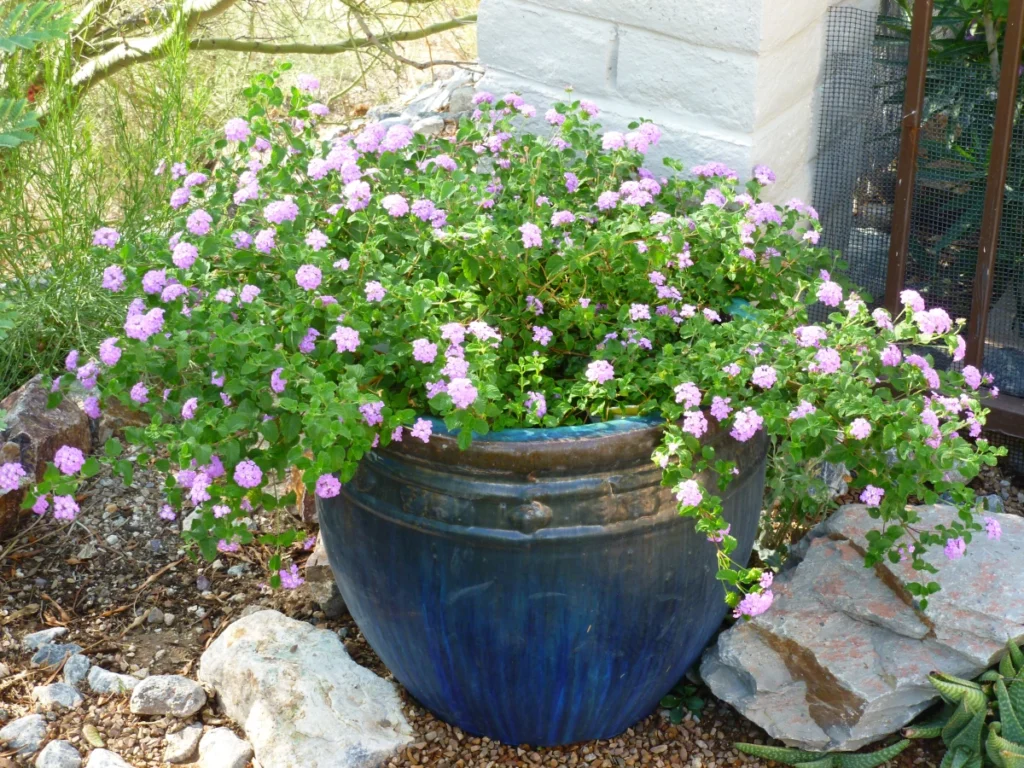
Lantana is a hardy, heat-loving shrub that thrives in full sun and dry conditions. Its clusters of small, vibrant flowers come in shades of yellow, orange, red, pink, purple, and white—sometimes even changing colors as they mature. This makes lantana a standout in garden beds, borders, and hanging baskets.
Beyond its beauty, lantana is incredibly resilient, tolerating poor soil, drought, and high temperatures. It’s also a pollinator magnet, attracting butterflies, bees, and hummingbirds throughout the growing season. In warm climates, lantana is a perennial, returning year after year, while in cooler regions, it can be grown as an annual or in containers for easy overwintering.
Pro Tips for Growing Lantana:
- Plant in full sun: Lantana needs at least 6–8 hours of direct sunlight daily to bloom profusely.
- Use well-draining soil: It thrives in sandy or rocky soil and doesn’t like excessive moisture.
- Water sparingly: Once established, lantana is drought-tolerant and only needs occasional watering.
- Prune for more blooms: Lightly trim back the plant mid-season to encourage continuous flowering.
- Grow in pots if needed: If you’re in a frost-prone area, plant lantana in containers so you can bring it indoors during winter.
With its vibrant blooms, heat tolerance, and pollinator appeal, lantana easily earns its place among the 10 Best Plants for Full Sun!
8. Rosemary (Salvia rosmarinus)
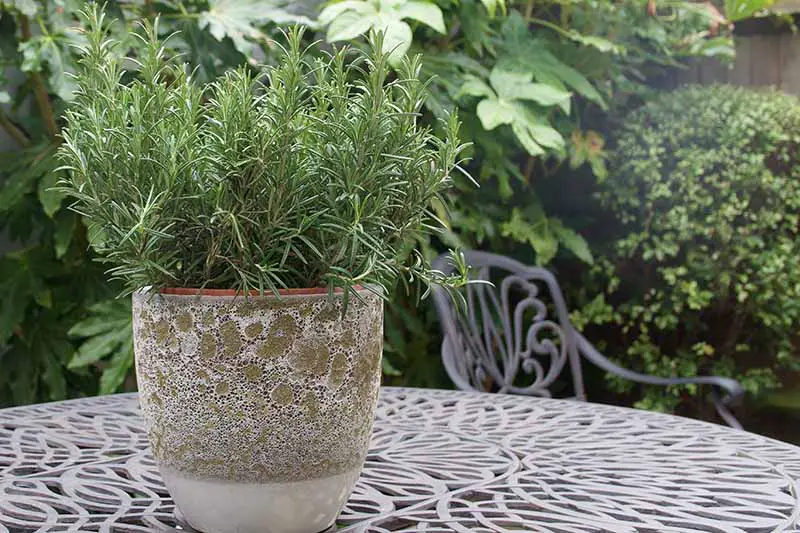
Rosemary is a sun-loving, drought-tolerant herb that adds both beauty and functionality to any garden. With its fragrant, needle-like leaves and delicate blue or purple flowers, rosemary is a favorite in herb gardens, borders, and containers. Not only does it serve as a flavorful culinary herb, but it also attracts pollinators like bees and butterflies while naturally repelling pests such as mosquitoes.
This Mediterranean native thrives in warm, sunny conditions and requires minimal watering once established. It can also be shaped into low hedges or topiary, adding a decorative touch to garden landscapes. Whether grown for its aromatic foliage, edible benefits, or ornamental appeal, rosemary is a must-have for full-sun gardens.
Pro Tips for Growing Rosemary:
- Provide full sun: Rosemary thrives with at least 6–8 hours of direct sunlight daily.
- Use well-draining soil: Plant in sandy or loamy soil with good drainage to prevent root rot.
- Water sparingly: Let the soil dry out between waterings—overwatering is one of the few things that can harm rosemary.
- Prune regularly: Trim back woody stems and spent flowers to encourage bushy growth and prevent legginess.
- Grow in pots if needed: In colder climates, rosemary can be grown in containers and brought indoors during winter.
With its culinary uses, fragrant foliage, and resilience, rosemary is undoubtedly a top contender among the 10 Best Plants for Full Sun!
9. Blanket Flower (Gaillardia)

Blanket flowers are tough, drought-resistant perennials that thrive in poor soils and intense sunlight. Their daisy-like, bi-colored blooms in shades of red, orange, and yellow add a striking, warm-toned touch to gardens and attract bees, butterflies, and other pollinators. These long-blooming flowers resemble a woven blanket, which is how they earned their name.
Perfect for wildflower gardens, borders, and rock gardens, blanket flowers require minimal maintenance and continue blooming from late spring to fall. They’re also deer-resistant, making them a great choice for gardens prone to browsing wildlife.
Pro Tips for Growing Blanket Flowers:
- Plant in full sun: They require at least 6–8 hours of sunlight daily for continuous blooming.
- Use well-draining soil: Blanket flowers thrive in sandy, dry, or rocky soils, making them ideal for xeriscaping.
- Water sparingly: Once established, they are highly drought-tolerant and only need occasional watering.
- Deadhead for more flowers: Regularly removing spent blooms will encourage prolonged flowering.
- Let them reseed: Blanket flowers self-seed naturally, ensuring blooms year after year with little effort.
With their hardy nature, vibrant blooms, and pollinator-friendly appeal, blanket flowers are a standout choice among the 10 Best Plants for Full Sun!
10. Bougainvillea
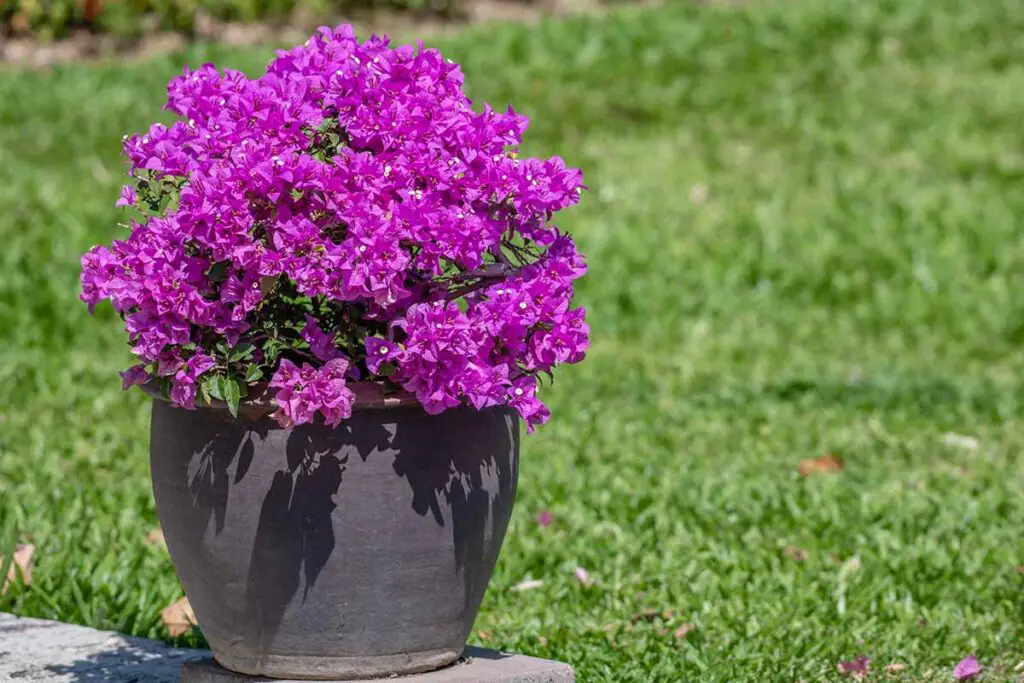
If you’re looking to make a bold, tropical statement, bougainvillea is one of the 10 Best Plants for Full Sun. This sun-loving, fast-growing vine produces brilliant, papery bracts in vivid colors like magenta, red, orange, purple, and white. While many mistake these for flowers, the true blooms are the small, tubular flowers inside the colorful bracts.
Bougainvillea thrives in hot, dry climates and is perfect for covering walls, fences, pergolas, or trellises, creating a stunning floral cascade. It also works well as a container plant in cooler climates, where it can be overwintered indoors. Once established, it requires minimal care, rewarding gardeners with breathtaking beauty season after season.
Pro Tips for Growing Bougainvillea:
- Plant in full sun: Bougainvillea needs at least 6 hours of direct sunlight daily to bloom profusely.
- Use well-draining soil: It prefers sandy or loamy soil—too much moisture can cause root rot.
- Water sparingly: Allow the soil to dry between waterings, as bougainvillea thrives in drier conditions.
- Provide strong support: Grow it near a sturdy trellis, fence, or wall to support its rapid, heavy growth.
- Prune strategically: Regular pruning controls its size and encourages more flowering.
- Protect from frost: In colder climates, grow bougainvillea in pots so it can be moved indoors during winter.
With its stunning colors, heat tolerance, and dramatic visual impact, bougainvillea is a perfect finishing touch to any sunny garden!
Why Choose Sun-Loving Plants?
Sun-loving plants are not only resilient and visually striking but also incredibly diverse, offering options to suit any garden style, from cottage gardens to modern landscapes. These plants are naturally adapted to intense sunlight and warm conditions, making them ideal for flower beds, borders, containers, and even xeriscaping.
By selecting the 10 Best Plants for Full Sun, you’ll enjoy continuous blooms, lush greenery, and minimal maintenance, even in the brightest and hottest spots. Many of these plants are drought-tolerant, meaning they require less water while still thriving. Additionally, they often attract pollinators like bees, butterflies, and hummingbirds, bringing even more life and movement to your outdoor space.
Benefits of Growing Sun-Loving Plants:
- Thrives in Intense Heat – Sun-loving plants flourish in direct sunlight, making them perfect for hot, dry climates where other plants may struggle.
- Low Maintenance & Drought-Tolerant – Many of the 10 Best Plants for Full Sun require minimal watering and care once established, making them a great choice for busy gardeners.
- Attracts Pollinators – Sun plants like lavender, coneflowers, and lantana are pollinator magnets, drawing bees, butterflies, and hummingbirds to your garden.
- Versatile & Adaptable – These plants are suitable for garden beds, raised planters, hanging baskets, and containers, offering flexibility for any garden size.
- Year-Round Beauty – Many sun-loving plants provide seasonal color, evergreen foliage, or self-seeding blooms, ensuring continuous interest throughout the year.
- Pest-Resistant – Some of the best plants for full sun, like marigolds and rosemary, naturally repel pests, helping to keep your garden healthier with less effort.
- Improves Air Quality & Soil Health – Many sun-loving plants, especially herbs and flowering species, improve air quality and support soil biodiversity, reducing the need for chemical fertilizers.
By incorporating the 10 Best Plants for Full Sun into your garden, you can create a vibrant, low-maintenance, and pollinator-friendly oasis that thrives in even the sunniest conditions!
With the 10 Best Plants for Full Sun, you can transform your garden into a vibrant, thriving oasis filled with colorful blooms, lush greenery, and pollinator-friendly plants. Whether you’re looking for low-maintenance options like succulents and rosemary, or show-stopping flowers like bougainvillea and sunflowers, there’s a perfect sun-loving plant for every space.
By choosing drought-tolerant, heat-resistant plants, you’ll enjoy a beautiful, hassle-free garden that flourishes even in the brightest conditions. Plus, many of these plants attract butterflies, bees, and hummingbirds, adding even more life to your outdoor space.
So, embrace the sunshine, pick your favorites from the 10 Best Plants for Full Sun, and create a garden that bursts with beauty, resilience, and year-round appeal!
FAQs:
1. What are the easiest plants to grow in full sun?
Some of the easiest sun-loving plants include marigolds, succulents, and lavender. These plants thrive with minimal watering, require little maintenance, and tolerate hot, sunny conditions without wilting.
2. How often should I water full-sun plants?
Most full-sun plants are drought-tolerant and prefer deep but infrequent watering. Watering once or twice a week, depending on soil drainage and climate, is usually enough. Succulents and Mediterranean herbs like rosemary need even less water once established.
3. Can full-sun plants survive in pots?
Yes! Many of the 10 Best Plants for Full Sun, such as bougainvillea, lantana, and zinnias, do well in containers or pots. Just make sure to use well-draining soil and water more frequently than in-ground plants, as pots dry out faster in the sun.

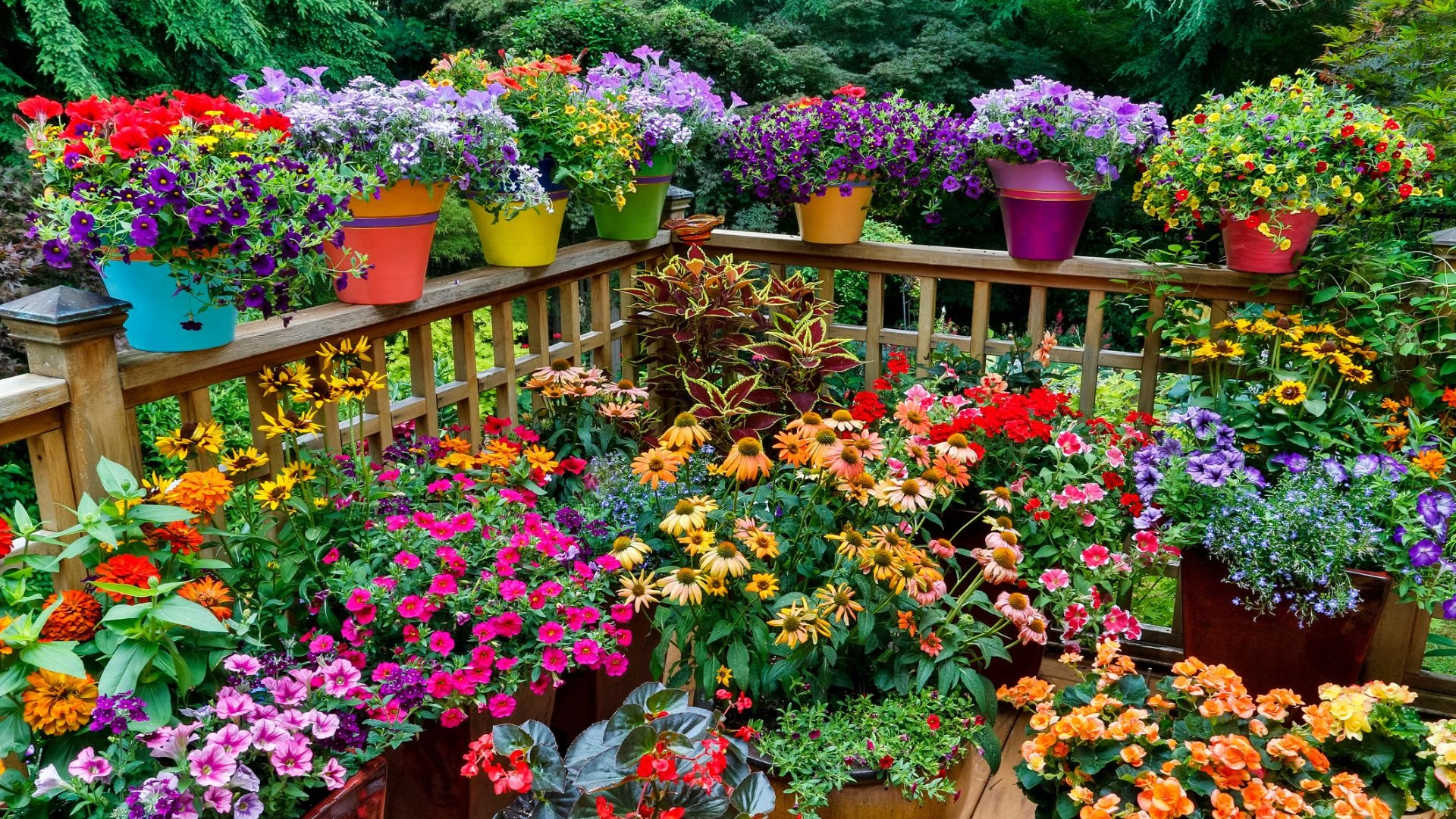
2 thoughts on “10 Best Plants For Full Sun: Perfect for, Sunny Spots!”